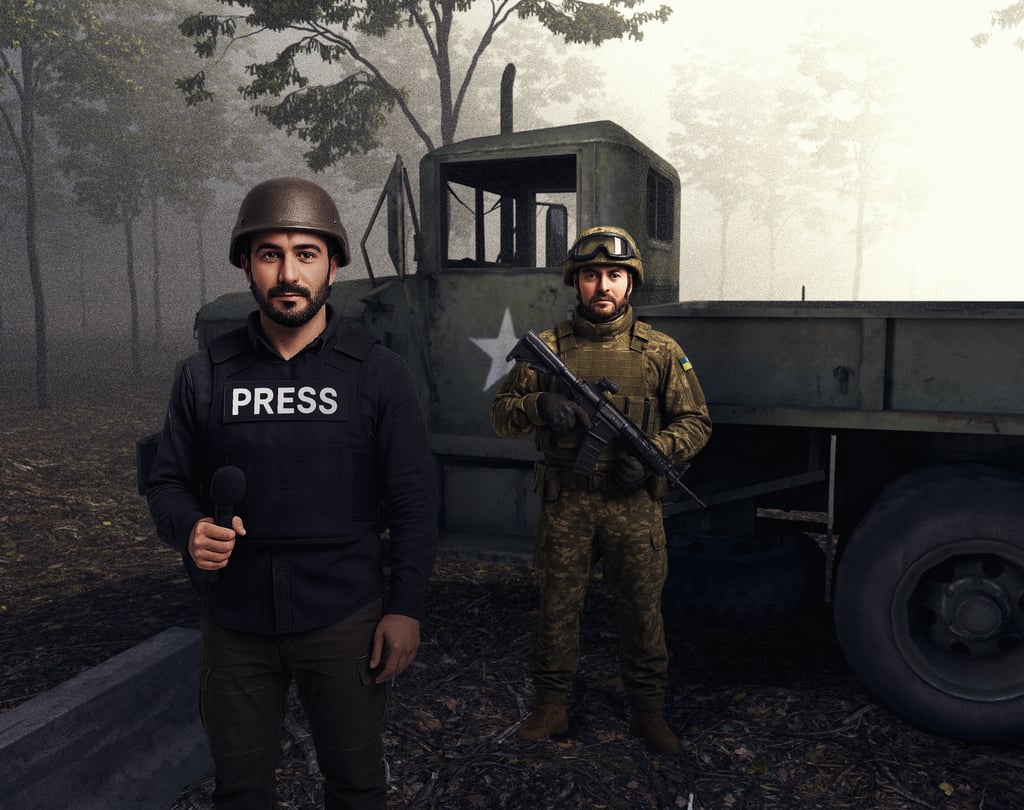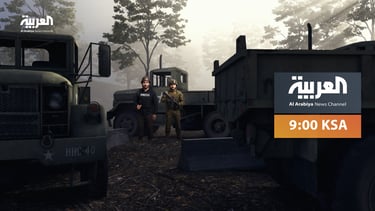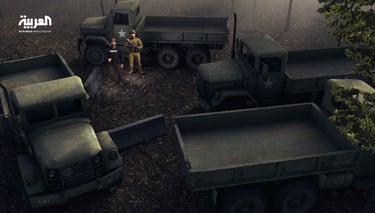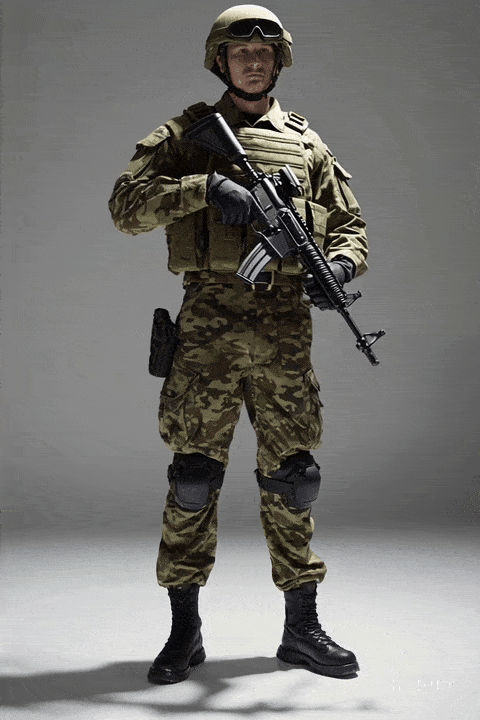Building Realistic NPCs for Immersive News: Fast AI-Generated 2D Characters
FALL QUARTER 2025
10/25/2025


In my PhD research on immersive, game-like journalism, I explore how artificial intelligence (AI) can accelerate virtual production — particularly in creating non-player characters (NPCs) that bring realism and life to interactive news environments.
While the 3D scene itself was built using Cinema 4D, including the environment, lighting, and camera composition, the NPCs were generated entirely with AI to streamline production. Instead of modeling and rigging new 3D characters — a process that usually takes hours or days — I used Sora to create realistic 2D human figures representing background roles such as reporters, soldiers, and civilians.
These AI characters were then turned into short animated clips showing subtle “idle” movements, like breathing or looking around. I imported these clips into the virtual scene as animated textures mapped onto 2D planes, allowing me to position them naturally within the environment — for example, beside vehicles, near buildings, or in the background of a news report.








A full-body ultra-realistic Ukrainian soldier standing confidently on a clean pure white seamless studio background. The entire body is visible from head to toe, with both feet fully in frame. He is wearing modern Ukrainian military uniform in camouflage pattern, protective tactical vest, gloves, helmet with goggles, and combat boots. He is holding his assault rifle (realistic modern design) safely across his chest with both hands. Strong, alert posture, neutral facial expression, photorealistic 8K quality, cinematic studio lighting, soft balanced shadows under his feet, centered composition, camera at eye level. Highly detailed textures on uniform, gear, and weapon. Perfect for 2D texture integration inside a 3D environment. Do not crop head or feet. In idle movement


The image above demonstrates this approach:
The environment and truck were created in Cinema 4D, while the two characters — a reporter wearing a PRESS vest and a soldier standing guard — were AI-generated. The soldier’s motion was animated as a video texture, adding realism without requiring any rigging or 3D animation.
This workflow significantly reduces production time while maintaining high visual fidelity. It allows immersive journalism creators to quickly populate complex 3D scenes with believable human presence — enhancing narrative realism and atmosphere without the technical overhead of traditional animation.
The scene was styled to match the visual identity of Al Arabiya News Channel, testing how AI-generated NPCs could blend into a realistic broadcast-style setting.
By combining Cinema 4D’s 3D production power with AI-assisted character generation, this method offers a new, efficient way to design and enrich virtual news simulations — bridging the gap between journalistic storytelling and rapid digital world-building.
Prompt: